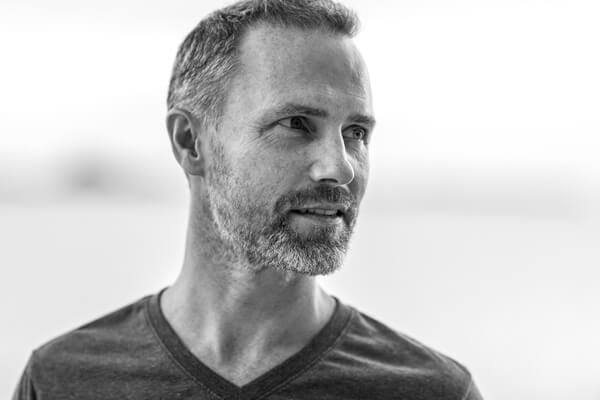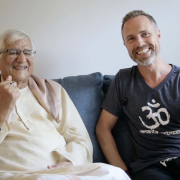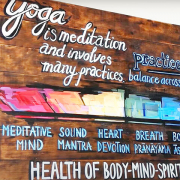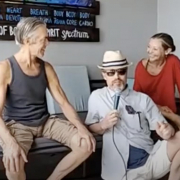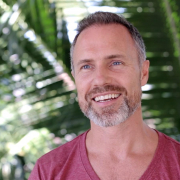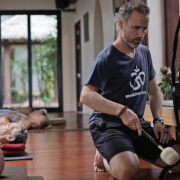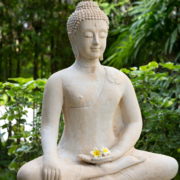 https://samahitaretreat.com/wp-content/uploads/2023/11/IMG_5161-scaled.jpg
2560
1707
Kirsten Mia
http://samahitaretreat.com/wp-content/uploads/2024/01/samahita-logo-v2.svg
Kirsten Mia2023-11-01 03:57:462023-11-02 06:11:16The Buddha, the Dharma, the Sangha
https://samahitaretreat.com/wp-content/uploads/2023/11/IMG_5161-scaled.jpg
2560
1707
Kirsten Mia
http://samahitaretreat.com/wp-content/uploads/2024/01/samahita-logo-v2.svg
Kirsten Mia2023-11-01 03:57:462023-11-02 06:11:16The Buddha, the Dharma, the SanghaSatya – Honest and True

Since the dawn of time the refined mind has understood that one’s behaviour, actions, speak loudest about the character of an individual. We are taught growing up that “talk is cheap” and “actions speak louder than words”. It is the actualization of this through our systems where satya lies for us.
Satya does literally translate as truth. By definition it refers to subjective truth. The ultimate or objective truth is ‘rta’. This is unchangeable and permanent and thus can only be attributed to our own true self. But as we look at this world and observe behaviour we relate through subjective truth. Honesty. It is true statement that I am a man but in the ultimate reality of things I am pure consciousness, Brahman, and not in fact a man. This being a man is only determined by the physical form and certain mental notions associated with it. On a subjective level it is a true statement but on an ultimate level it too is false.
Satya has been presented in Yoga as one of the Yamas both by Patanjali and Vashistha. It is advised in order to refine our actions, both subtle and gross, so we may grow towards or come in line with the ultimate truth, our true nature. Vashistha informs us that one is said to speak the truth only when he or she fulfils three conditions: speech must be in accordance with fact; he/she must be guided by good intention and justice; speech must be couched in agreeable words. It consists in saying only that which one has directly perceived, inferred or learnt from a reliable source.
Gandhi is well known for his application of the first yama, ahimsa, non-violent behaviour, yet he named his organization Satyagraha. This means “firmness to truth”. He built his entire approach on this quality. In its fullest it is complete honest behaviour applied in all situations in life returning one closer to one’s natural state.
Yoga has emphasized satya as it is fully understood that dishonesty leads to subtle and even gross disturbance in our minds and ultimately outward actions. We cannot progress on this internal path if our words, thoughts or actions are misaligned. Even more, either subconsciously or consciously, we are aware that we have been untruthful and it sets up a large block in our own chitta (psyche) limiting spiritual growth. Shakespeare wrote “to thine ownself be true.” You cannot lie to yourself though you may get away with it with others. Even if convinced you yourself are true the mistruth lies deep in the subconscious causing a counter pattern in behaviour.
We are all presented with situations where we find ourselves asked something and we choose to say an answer that makes us look better. Our ego and lower mind has circumvented the truth and presented a response purely for superficial reasons, how we look to the other. In spiritual terms, though maybe only a white lie, this has added one more block or negative credit to the list to be cleared. Something we are trying to do in our own yoga practice is to clear the pattern from past ‘false’ behaviours. To swallow pride, think for a moment, and say what is true progresses one the most internally though the external result may mean losing that deal or people seeing us as only ‘ordinary’. It comes down to where you place the priority – on your internal or external growth.
How to speak the truth is governed by ahimsa. Tact and sensitivity to another individual is important here. One does not need to advertise their mistruths or preempt a question and tell everything. When asked simply choose to give an honest answer. Undo the counter pattern that causes us to respond with misalignment to the truth, to the facts.
Satya also implies integrity. Can your actions live up to all that is said and promised out of your mouth. Alas, this is where the largest gap is in the world today, yoga or not. Pure intention and clear execution leads to a refinement in behaviour. Meaning what one says and living up to it. Correct understanding is needed for this. Humility will be the groundbase that leads one to embody and express satya in word, thought and action.
It should be understood that we are all in process. We will fall prey to a-satya at times. Our work lies in checking our actions and intentions. Is how we live stand up to what we say. Though we may not be able to choose what comes to us in life we can choose how we respond. A strong counter pattern may exist but an aware, mindful attitude can counter this. Stand up to the pull of your senses and lower mind. Let us not promise too much and deliver too little or wallow in the realm of hippocrisy.
It is our aim in life to pursue satya – integrity, honesty and truth. Yanjnavalkya calls the seventh, and final, loka satya loka, the abode of Brahman attainable through jnana and karma, direct experience or understanding plus true action. This in reality exists within us.
May we all be satyavadi’s, speakers and embodiers of truth.
Dr. Paul Dallaghan’s expertise with breathwork, body and meditative practices comes from three sources: (1) three decades of daily dedicated practice and teaching these techniques; (2) uniquely acknowledged in the Yoga tradition by the title of “Master Yogi-Prānācharya (expert in breath)”, following an immersion in the original culture through one-on-one direct training in practice and study of ancient texts; (3) a PhD in doctoral scientific research at a leading US university (Emory) covering both the tradition and science of yoga and breath practices in terms of stress, health and aging. As a result, Paul occupies a unique space to impart genuine teaching and science on the breath, body, and meditative practices, seen as a Teacher-of-teachers and identified to carry on the tradition of Pranayama. His sincere and ongoing role is to teach, write and research, to help put out experienced and authentic information on these areas of how we live, breathe and be, to help people improve their mental and physical health, and live more fulfilling lives.
For more on his background see his bio
More from the Samahita Blog
